We humans wield the power to create and destroy – and our complex relationship with dogs is no exception. Ever since the Eurasian wolf began plundering our garbage heaps for scraps some twenty thousand years ago – and later came to stay – we have been obsessed with explaining dog behavior. Throughout his book, Dog Sense, Anthrozoology Institute founder, John Bradshaw, sheds a stark and painful light on our misguided tendency to assign erroneous identities to dogs. “Man’s best friend,” we learn, is neither wolf (a remote ancestor) nor furry human. While the former now-debunked belief has been fodder for misguided training philosophies, the latter has often been used to punish behavior we believe to be intentional. Trap doors of misunderstanding – or worse – can result. Dog Sense is an academic work with a hefty heart.
Many of us don’t think twice about referring to our furry friends as family, but this was not always the case. Over the millennia during which wolves became dogs – and cats remained cats – our relationship with these creatures has been, well, tempestuous. In Citizen Canine, David Grimm wades us through our wild mood swings toward pets through the ages. The same black cats venerated during the time of Cleopatra were later reviled during the middle-ages and slaughtered by the Church which saw them as purveyors of plague. We learn about the 19th century beating of a horse in Russia that spawned the creation of the American SPCA and the heartbreaking and heroic events after Hurricane Katrina that fueled ground-breaking legislation which changed the pet’s place in our lives forever. Are pets our property or are they legal “persons”? This engaging read may hold an answer.
When in Rome . . . do you speak Italian? A few phrases to get by? OK, so it’s not too unreasonable to learn the language of your dog, the companion you share your life with for a dozen or so years. How to Speak Dog, by Dr. Stanley Coren, provides the tools to help bridge the inter-species communication gap between humans and those crazy, cozy canids so many of us call family. Want to know where the expression “fight like cats and dogs” comes from? This must-have reference shows how some of the very same gestures used by both animals mean completely different things. While we may never be able to sit down for a frank dog-to-person talk, Dr. Coren provides the opportunity to heighten one’s alertness to, and understanding of, the canine postures and facial expressions we so often misinterpret – at our dog’s expense.




